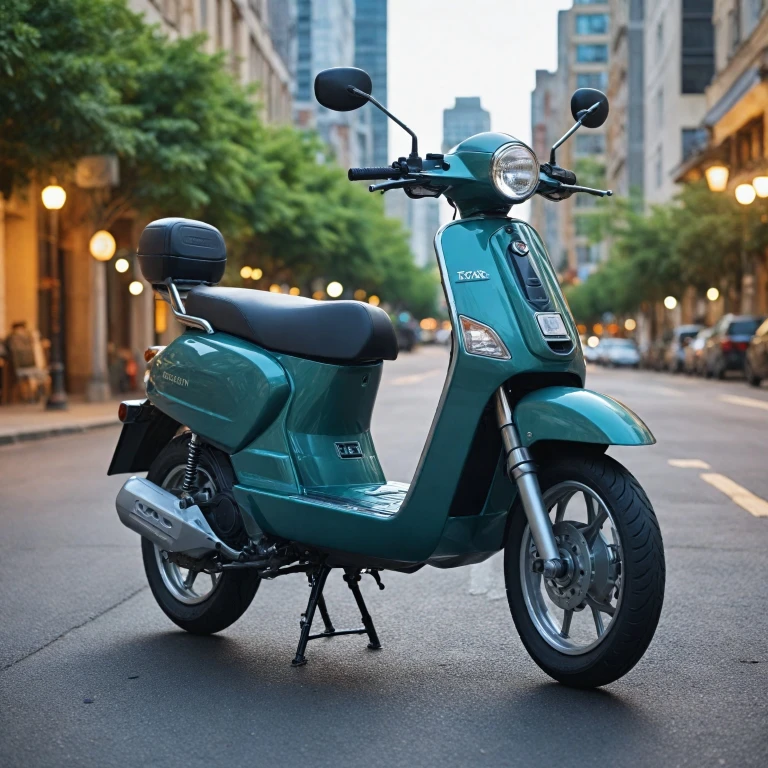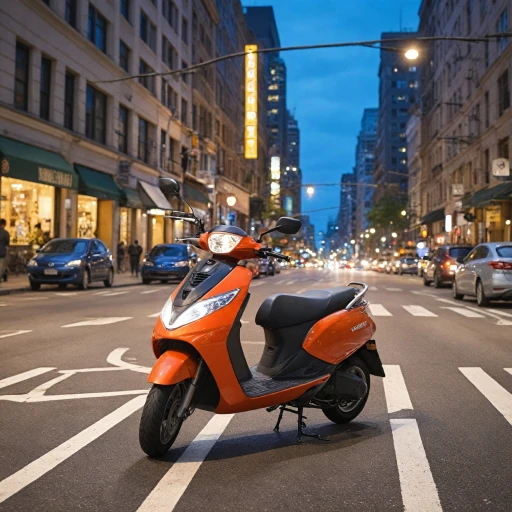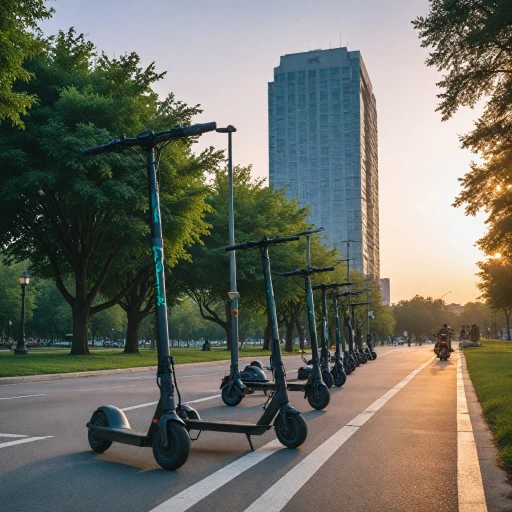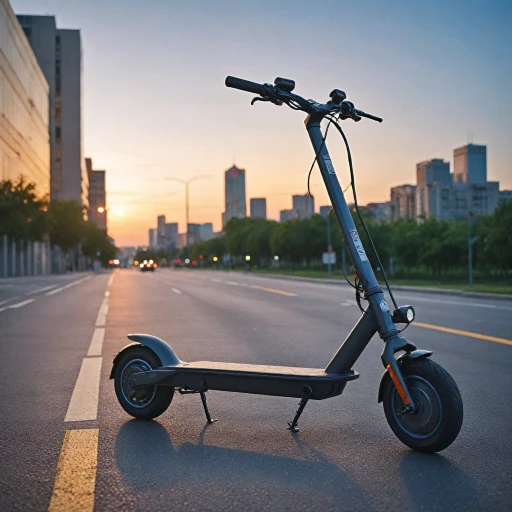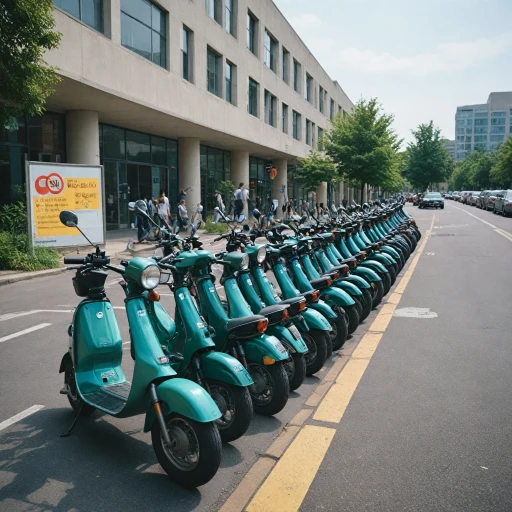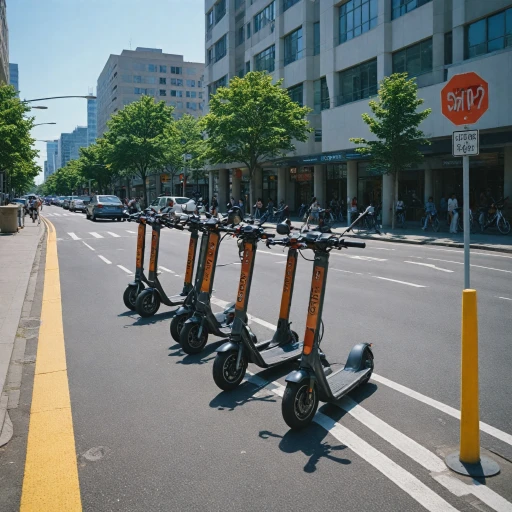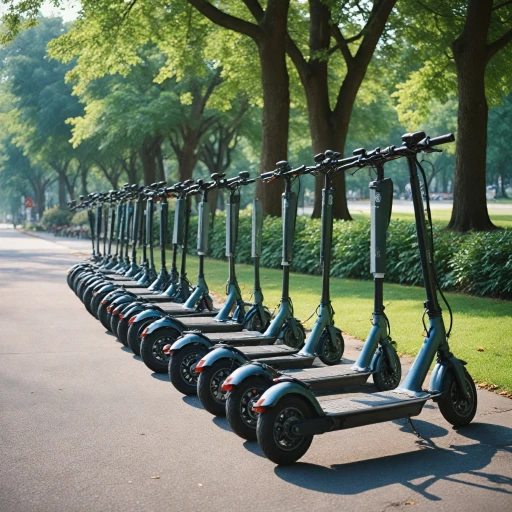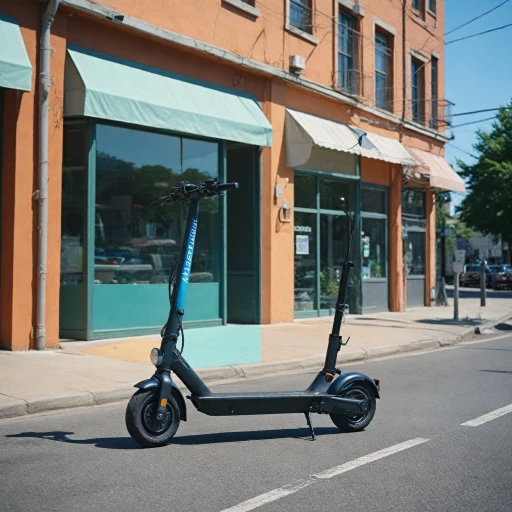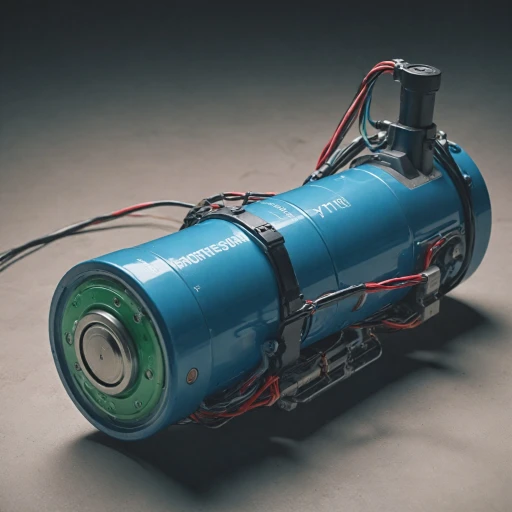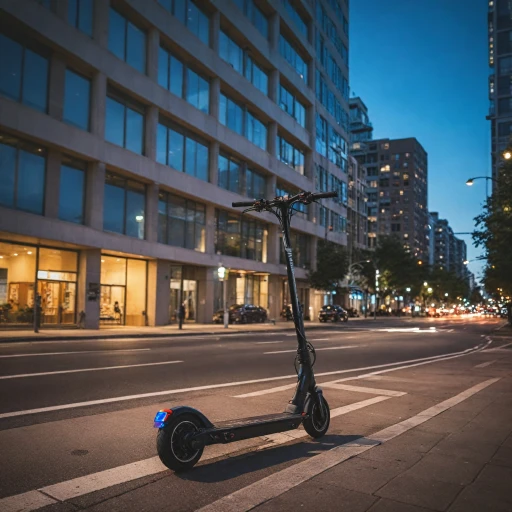
Types of Electric Moped Batteries
Exploring the Diversity of Battery Types
When it comes to electric mopeds, the power and efficiency largely depend on the type of battery used. Manufacturers have come up with various options to cater to different needs, which brings us to the heart of understanding how each type influences performance and cost. Lead acid batteries are among the earliest and still widely used types in the market. Known for their affordability and reliability, these are often found in budget-friendly models, including the Razor electric scooters. Lead acid options can offer a good balance of power and price, making them a popular choice for entry-level users. However, they tend to be heavier and shorter-lived compared to newer technologies. On the other hand, lithium-ion batteries have taken the spotlight in recent years, especially in high-performance and modern scooters. These are known for their lightweight nature and higher energy capacity, which translates to extended ranges and faster speeds. Ideal for those who prioritize portability and efficiency, lithium-ion batteries often accompany a heftier price tag. Nickel-metal hydride (NiMH) batteries, although less common, serve as a compromise between lead acid and lithium-ion, offering a moderate performance with slightly more manageable costs. While not as widespread, these can be found in select electric bike models. Choosing the right battery doesn't just revolve around initial cost. It's essential to consider long-term aspects such as durability, replacement availability, and compatibility with existing systems. This may even call for investing in a reputable brand like Mighty Max or considering compatible alternatives when the original packs are out of stock. To delve deeper into aspects like charging and achieving optimal performance for your electric moped, check out this guide to better understand the nuances of charger types and maintenance for an extended battery lifespan. Understanding these foundation details will certainly prepare you better for weighing in on factors impacting your overall riding experience.Battery Capacity and Range
Understanding Battery Capacity and how it Defines your Ride's Range
When choosing an electric moped, understanding battery capacity and range is crucial. Battery capacity, typically measured in ampere-hours (Ah), affects how long and how far you can travel on a single charge. A higher Ah rating generally provides a longer range but often at an increased price point and weight. So, balancing power with practicality is essential for potential buyers. In electric scooters, the most commonly used batteries are lead-acid (SLA) batteries and lithium-ion variants. Lithium-ion batteries, although pricier, often offer a better capacity-to-weight ratio, contributing to longer distances per charge. Popular models like the Razor Dirt Rocket might incorporate these types of batteries, promising improved performance due to their efficient power storage. The range of your scooter hinges on more than just battery capacity. Factors such as current draw, terrain, rider weight, and even weather conditions play a significant role. For instance, a Mighty Max battery pack tailored for off-road models would likely handle rougher conditions, but mileage may vary based on external influences. Furthermore, recognizing the importance of a quality battery replacement cannot be understated. Ensuring a razor electric or mototec electric moped uses an original or compatible replacement battery can vastly affect longevity and range. Ignoring these details might compromise the power output of your electric scooter. With technological advances anticipated in the future, battery capacity enhancements might lead to more extended ranges. Until then, understanding the factors influencing capacity and range can significantly impact your electric scooter experience. For more insights, consider exploring this comprehensive discussion of battery-charged scooters and their nuances in the realm of electric mobility.Charging and Maintenance Tips
Efficient Energy Reload: Charging Tips
Keeping your electric scooter's battery in top condition means understanding the ins and outs of charging. Proper maintenance is essential for ensuring the lifespan and reliability of your battery.
First and foremost, it’s important to use the charger that comes with your scooter or a compatible one approved by the manufacturer. Each battery type, be it SLA or lithium-ion, has particular charging requirements. For instance, SLA (sealed lead-acid) batteries, commonly found in models like the razor dirt and mighty max, require careful attention to avoid overcharging, which can diminish their capacity over time.
Another critical point is the charging environment. Your electric scooter battery should be recharged in a cool, dry place. Excessive heat can be detrimental to most batteries, impacting their performance and longevity.
Avoiding deep discharges is a key practice. It's usually better to recharge your battery before it is completely drained. This is particularly relevant for other electric vehicles, such as the dirt rocket, bike electric, or even lesser-known models. Adopting such practices can extend the battery’s life and maintain efficiency.
Regular check-ups can also help in identifying any potential issues before they escalate. You might ask, are there battery replacement plans for my mototec electric or scooter electric? Knowing what’s appropriate helps in safeguarding against unexpected failures and maintaining power efficiency.
If you're curious about understanding the intricacies of electric moped charging, consider checking out this detailed guide which provides in-depth insights on the subject.
In sum, practicing proper charging habits not only optimizes performance but also improves your scooter's sustainability by extending its battery life. With the right knowledge in tow, you'll navigate the roads with confidence and efficiency.
Safety Considerations
Prioritizing Safety with Electric Moped Batteries
When it comes to electric mopeds, safety is paramount, especially concerning their batteries. Ensuring that your electric scooter or moped operates safely involves understanding the intricacies of the battery pack and its components. Here are some key safety considerations to keep in mind:
- Battery Type: Different types of batteries, such as lead acid and lithium-ion, have distinct safety profiles. Lead acid batteries, for example, are heavier and can be prone to leakage if damaged, while lithium-ion batteries, though generally safer, can overheat if improperly handled.
- Proper Charging: Always use the original or compatible chargers recommended by the manufacturer. Using a charger that is not designed for your specific battery can lead to overcharging, which increases the risk of overheating and potential fire hazards.
- Regular Maintenance: Regularly inspect your battery for any signs of wear or damage. This includes checking for any corrosion on the terminals or any visible damage to the battery pack. Early detection of issues can prevent more serious problems down the line.
- Safe Storage: When not in use, store your electric moped in a cool, dry place. Extreme temperatures can affect battery performance and lifespan. Additionally, ensure that the battery is not exposed to moisture, which can lead to corrosion.
- Handling and Replacement: When replacing batteries, opt for original or high-quality replacement batteries that are compatible with your moped. Brands like Razor, Mighty Max, and Power Sonic offer reliable options. Improper handling during replacement can lead to damage and safety risks.
- Voltage and Current Considerations: Understanding the volt and current specifications of your battery is crucial. Using a battery with incorrect specifications can damage your electric moped and pose safety risks.
By following these safety guidelines, you can ensure that your electric moped operates efficiently and safely, minimizing risks associated with battery usage.
